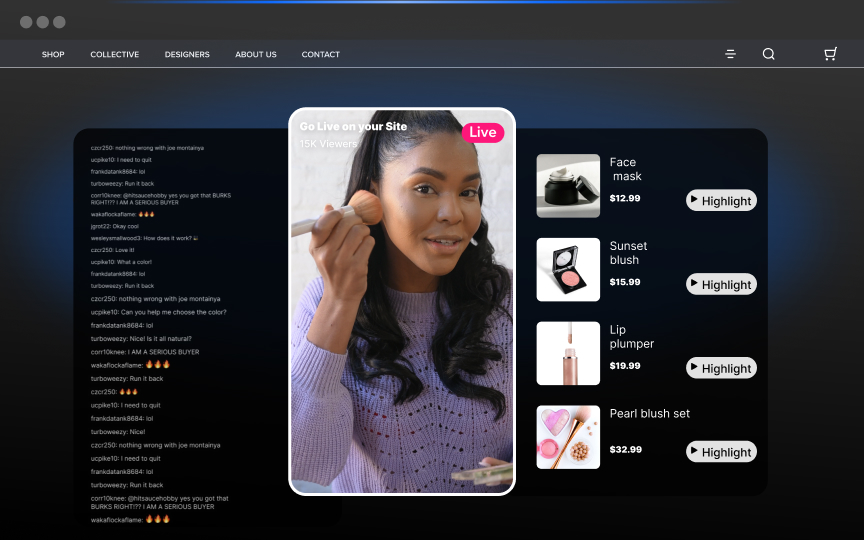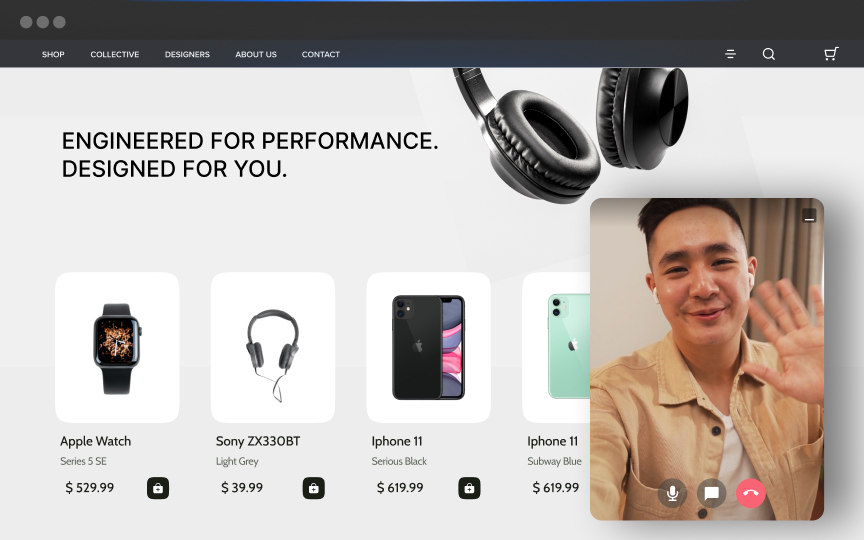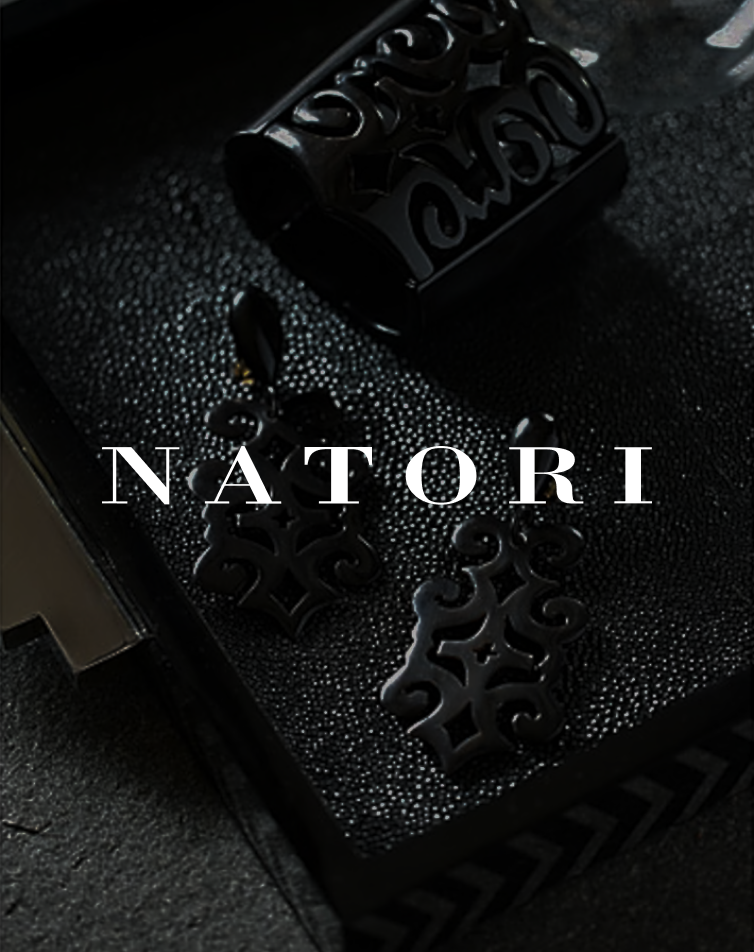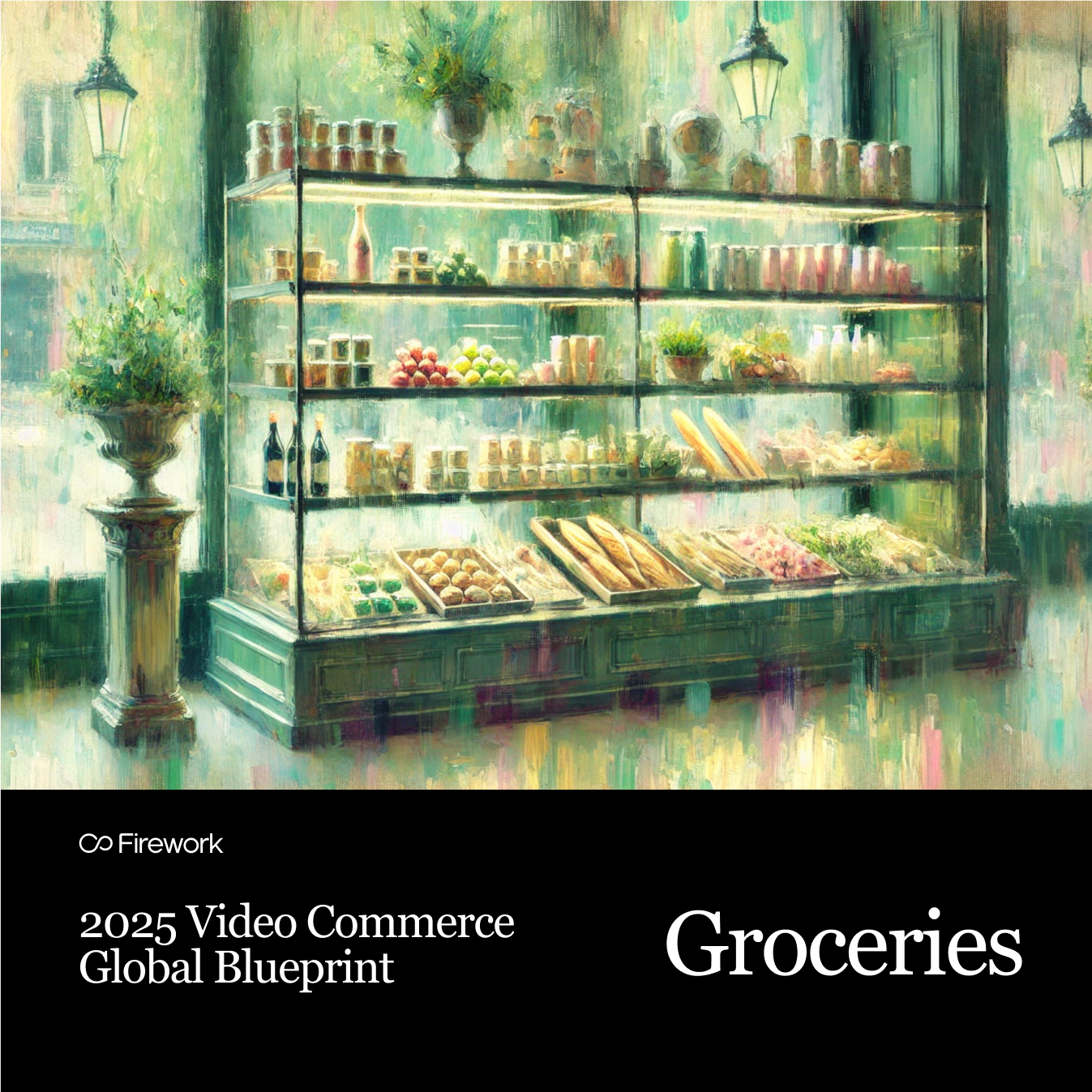Video commerce platforms face unique challenges that AI content curation tools are uniquely positioned to solve. Unlike static content, video requires sophisticated analysis and metadata generation to be properly categorized, discovered, and recommended. When you're dealing with thousands of video assets, manual curation becomes nearly impossible—this is where the best AI tools for content curation become essential.
The Unique Challenges of Video Content Curation
Video content brings specific curation hurdles that traditional methods struggle to address:
- Video generates exponentially more data than text or images, making manual tagging infeasible
- Viewers have higher expectations for personalization with video content
- Understanding video content requires analyzing visuals, audio, and context simultaneously
- Metadata generation needs to be both accurate and comprehensive to enable discovery
- The sheer volume of user-generated content overwhelms traditional content management systems
AI tools address these challenges through machine learning, natural language processing, and computer vision technologies. These systems automatically analyze, tag, and categorize video content at scale, creating rich metadata that powers discovery and recommendation engines.
Measurable Impact on Consumer Engagement
The business case for AI in video content curation is compelling when you look at the engagement metrics:
- Media companies implementing AI-powered content curation have reported up to 35% increases in viewer engagement
- Organizations using AI to recommend content based on user preferences have achieved a 75% increase in subsequent content engagement
- Video platforms using AI recommendation engines see average session durations increase by 40% compared to non-personalized experiences
- Retention rates improve significantly when viewers receive personalized content recommendations that match their interests
For more insights on how video commerce is reshaping the fashion and apparel industry, download the 2025 Fashion & Apparel Video Commerce Playbook.
Conversion Improvements Through Personalized Experiences
Beyond engagement, AI-powered content curation directly impacts business outcomes through improved conversion rates:
- E-commerce retailers using AI to curate personalized product recommendations in videos have seen up to 35% increases in sales
- Conversion rates from video to purchase increase by 25-30% when AI provides contextually relevant product recommendations
- Average order values increase when AI matches complementary products to video content based on viewer behavior and preferences
- Customer lifetime value improves as personalization creates stronger brand connections and repeat purchases
To see these strategies in action, explore how Firework’s shoppable video transforms video experiences into conversion engines.
Video Commerce Transformation
Looking at concrete examples, the impact of AI on video commerce becomes even clearer:
- Major e-commerce platforms have transformed their shopping experiences by integrating AI-driven recommendations and product tagging. These systems analyze viewer engagement patterns and dynamically update the interface based on these insights, driving sales directly from video content.
- Similarly, online fashion retailers implementing AI curation for their runway videos, breaking them into shoppable segments with automated product tagging, have delivered a 40% increase in click-through rates and significant boosts in conversion from video views to purchases.
- Short-form video platforms' algorithm-powered content feeds demonstrate how effective AI curation can be at scale. These platforms analyze user behavior to deliver highly personalized video recommendations, keeping users engaged for extended periods—a model increasingly adopted by video commerce platforms seeking to maximize discovery and conversion.
For a broader view of video commerce innovation, visit the Firework homepage.
Core AI Technologies Powering the Best AI Tools for Content Curation
Content curation has evolved significantly with artificial intelligence. The technology doesn't just make recommendations—it understands content, predicts user preferences, analyzes visuals, and creates connections between seemingly disparate information.
1. Natural Language Processing (NLP) for Content Understanding
Natural Language Processing enables machines to analyze, interpret, and generate human language, making it a cornerstone technology in content curation.
NLP supports content curation through:
- Text summarization: Automatically condensing articles, transcripts, or video descriptions into brief summaries
- Content categorization: Identifying key themes, concepts, and topics in text to streamline tagging
- Sentiment analysis: Classifying audience reactions to choose content that resonates emotionally
- Multimedia transcription: Converting spoken words in videos into searchable text
Major streaming platforms use NLP extensively to analyze user preferences and viewing history, enabling them to deliver highly tailored video recommendations that keep viewers engaged for longer sessions.
2. Machine Learning Algorithms for Preference Prediction
Machine learning algorithms analyze vast datasets, identify patterns, and make predictions to enhance content curation. These systems become increasingly accurate over time as they process more user interactions.
Key applications include:
- Predictive recommendations: Analyzing past behavior to forecast what content will engage specific users
- Real-time adaptation: Continuously learning from user feedback to refine recommendations
- Trend detection: Identifying emerging topics for timely content strategies
- Personalization at scale: Processing and curating large volumes of content for diverse user interests
Platforms like Google Cloud AI offer accessible machine learning services for businesses of all sizes.
3. Computer Vision for Visual Content Analysis
Computer Vision technology interprets and understands visual content, playing a crucial role in video curation specifically.
Its applications include:
- Object and scene recognition: Automatically tagging scenes, objects, and visual elements in videos
- Content moderation: Detecting and filtering inappropriate or irrelevant visual content
- Thumbnail optimization: Generating engaging video thumbnails by identifying captivating frames
- Visual similarity detection: Finding visually related content to suggest to viewers
Sentiment Analysis and Content Effectiveness
Sentiment analysis determines the emotional tone of content, helping platforms curate materials that align with users' preferences and emotional states.
This technology benefits content curation by:
- Emotional resonance tracking: Understanding what emotional tones connect with specific audience segments
- Content filtering: Screening out potentially negative content when inappropriate for certain contexts
- Engagement prediction: Forecasting how audiences will emotionally respond to specific content
- Trend analysis: Identifying shifting audience sentiment toward topics or content types
Knowledge Graphs and Content Relationships
Knowledge graphs map the relationships between different content pieces, enabling more sophisticated recommendations that go beyond simple similarity matching.
These systems enhance content curation through:
- Connection identification: Revealing non-obvious relationships between content pieces
- Context-aware recommendations: Understanding how content relates to broader topics and themes
- Diverse suggestion generation: Avoiding recommendation loops by finding related but different content
- Cross-format connections: Linking related content across different formats (videos, articles, podcasts)
Top AI Tools for Content Curation in 2025
In 2025, AI-powered content curation has evolved far beyond basic automation. Today’s tools combine deep learning, natural language processing, and advanced data analytics to help marketers, publishers, and businesses effortlessly discover, organize, and share high-quality content that truly resonates with their audiences. Whether you’re curating articles, videos, social media updates, or user-generated content, there’s a smart solution for every need.
Here’s an updated look at the most effective AI tools for content curation this year, selected for their advanced AI capabilities, seamless integration options, user-friendly experience, and proven performance across industries.
Comprehensive AI Content Discovery Tools
These solutions help you uncover and organize the most relevant and timely content from across the web, ensuring you stay ahead of trends and consistently deliver value to your audience.
1. AI-Powered Content Aggregators
Perfect for brands and publishers looking to monitor global conversations and trending topics in real time.
- Aggregate articles, press releases, and social media posts as they’re published
- Customize keyword combinations to target niche or emerging topics
- Train the AI to prioritize high-value topics while filtering out irrelevant noise
- Use smart filtering to focus on quality, eliminating low-authority or duplicate content
These tools help reduce research time dramatically while maintaining relevance and freshness in your content feeds.
2. Enterprise Content Curation Platforms
Ideal for larger teams and businesses managing multi-channel content strategies.
- AI-driven discovery tailored to your specific industry, audience segments, and content goals
- Built-in optimization tools to enhance search visibility and engagement
- Automate entire workflows — from discovery to scheduling and distribution
- Access comprehensive analytics to track performance across multiple platforms and refine your strategy continuously
For enterprises, these platforms act as centralized hubs for managing and scaling content efforts globally.
Video-Specific AI Curation Solutions
With video dominating online engagement, these specialized tools help curate and optimize video content for maximum impact.
3. Automated Video Tagging Systems
Speed up video content processing with advanced metadata generation.
- AI detects scenes, objects, and visual elements automatically
- Generates accurate, time-stamped metadata for easy indexing and searchability
- Categorizes video content based on visual themes and narrative structures
- Includes sentiment analysis to gauge the emotional tone of your video assets
This enhances discoverability and improves content recommendations across video platforms.
4. Video Recommendation Engines
Drive engagement with hyper-personalized video suggestions.
- Use behavior-based algorithms to understand viewer preferences
- Cross-promote relevant content to keep viewers engaged longer
- Predict engagement potential based on past viewing patterns
- Run A/B tests to fine-tune recommendations for different audience segments
These systems are essential for video-first platforms and brands running immersive content campaigns.
Social Media Content Curation Tools
For brands prioritizing real-time social media engagement, these AI tools make content curation faster and more effective.
5. Social Listening Platforms with AI
Stay on top of conversations and trends as they unfold.
- Discover fresh content across social networks in real time
- Analyze sentiment to understand audience moods and opinions
- Detect rising trends and emerging topics before they go mainstream
- Automatically categorize social content by relevance and potential impact
This helps brands engage proactively and authentically with their communities.
6. UGC (User-Generated Content) Curation and Management Tools
Leverage the power of authentic, community-driven content.
- Filter and moderate user-generated posts automatically for quality and brand safety
- Evaluate content based on quality metrics to spotlight the best contributions
- Automate permission requests and rights management to streamline legal compliance
- Personalize UGC recommendations to align with your campaign themes
By harnessing UGC effectively, brands can boost trust and connection with their audiences while reducing content production costs.
Pro Tip:
For an even deeper dive into how these AI tools are transforming industries like fashion and apparel, be sure to explore the 2025 Fashion & Apparel Video Commerce Playbook. It’s packed with insights on using AI-powered curation for brand storytelling, influencer partnerships, and creating immersive shoppable video experiences.
Implementing AI Content Curation for Your Business
To successfully implement AI-powered content curation in your organization:
- Assess your content needs: Identify your specific content curation challenges and goals
- Select the right AI tools: Choose solutions that align with your content types and business objectives
- Integrate with existing systems: Ensure compatibility with your current content management infrastructure
- Train your AI systems: Provide initial guidance to help the AI understand your content preferences
- Measure and optimize: Track key performance indicators to continuously improve your curation strategy
AI-powered content curation tools have transformed from a luxury to a necessity for organizations seeking to maintain meaningful connections with their audiences. These technologies bridge the gap between content abundance and audience attention, solving the fundamental challenge of digital content overload.
For video commerce specifically, AI curation tools provide the scale, precision, and personalization needed to create compelling shopping experiences that drive engagement and conversion. As content volumes continue to grow exponentially, these tools will only become more essential for businesses looking to stand out in a crowded digital landscape.
Ready to transform your video commerce strategy?
Discover how AI-powered content curation can help your fashion or apparel brand create more engaging, personalized shopping experiences. Download our 2025 Fashion & Apparel Video Commerce Playbook today to get started!
Unlock Exclusive Insights
By submitting this form, you agree to Firework's privacy policy and consent to receive personalized marketing communications. You can unsubscribe at any time.










.jpg)

















